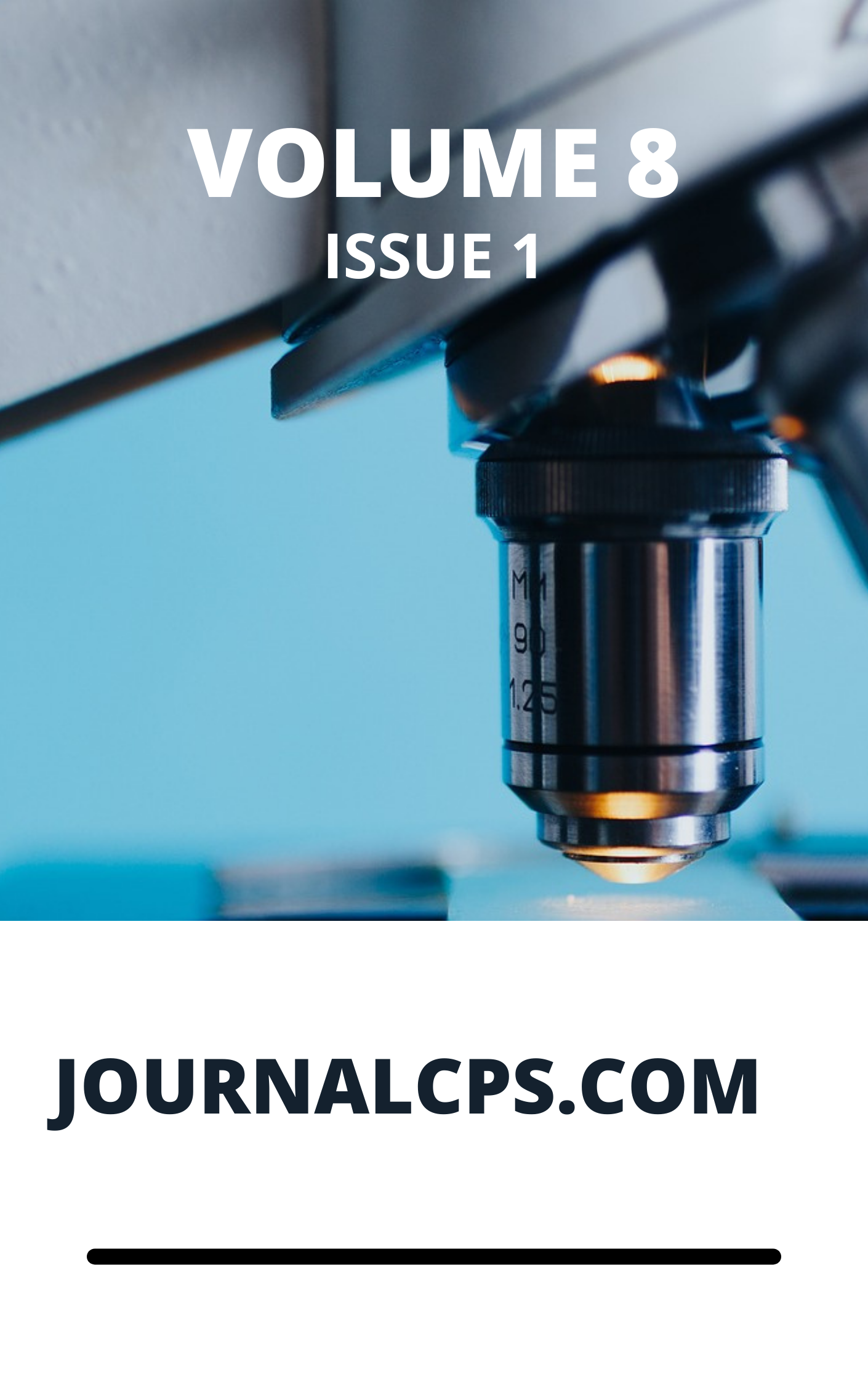Evaluation of Gamma Radiation Dose Level in Mining Sites of Riruwai, Kano, Nigeria
Keywords:
Absorbed dose, cancer, gamma radiation, mining areas, radiological hazardsAbstract
Aminu Ismaila*, Abubakar Sadiq Aliyu and Yakub Viva Ibrahim
Some radioelements are natural with redistribution related to human activities like mining. Human beings are constantly associated with these radioelements through water and food intake and may be exposed to background natural radiation from terrestrial and cosmic sources. Among all types of radiation, gamma rays are the most penetrating radiation that emanates from natural and artificial sources. External exposure to gamma radiation varies from one location to another, depending on the geological composition, and elemental content (especially those of U, Th and K in rocks of a particular region). In this study, gamma radiations around mining areas in Riruwai were measured using RadEye Portable Radiation Detector. Gamma dose measurements were taken from 40 sampling locations and at 1 m above the soil surface. Geographical coordinates of the locations were taken using a Global Positioning System (GPS). The analyses show that the gamma radiation dose level attended a mean value of 749 nGy/hr which is thirteen times greater than the maximum permissible value (57-59 nGy/hr) recommended by the United Nations Scientific Committee on the Effects of Atomic Radiation (UNSCEAR). The mean indoor and outdoor annual effective doses (AED) were 0.91 and 3.65mSv/yr, which are about three and four times more than their respective world average values of 0.3 mSv/y and 1mSv/y respectively. The Excess Lifetime Cancer Risk (ELCR) factors were 2.51 ×10-3 and 10.5 ×10-3 for indoor and outdoor respectively and these correspond to a nine-fold increase of their world average values of 0.29 × 10−3 and 1.16 × 10−3 as prescribed by the UNSCEAR. The computed data indicated that miners and the public residing close to the mining zone may be at risk and there is a need for an urgent remediation process. The results of this study can provide valuable information on radiological risk which could be used for radiation safety and protection and in the utilization of the soil in the region for agriculture and domestic use. It also contributes to baseline radiological data that could be used by the policymakers and for future studies.
Downloads
Published
Issue
Section
Most read articles by the same author(s)
- Abubakar Aliyu Umar, Aminu Ismaila, Khaidzir Hamza, Lattice Calculations and Power Distribution for Nigeria Research Reactor-1 (NIRR-1) using Serpent Code , Communication In Physical Sciences: Vol. 10 No. 1 (2023): VOLUME 10 ISSUE 1
- Aminu Ismaila, Abubakar Sadiq Aliyu , Yakub Viva Ibrahim, Evaluation of Gamma Radiation Dose Level in Mining Sites of Riruwai, Kano, Nigeria , Communication In Physical Sciences: Vol. 8 No. 1 (2022): VOLUME 8 ISSUE 1
Similar Articles
- Salihu Takuma, Siaka Abdulfatai Adabara, Kamal Suleiman Kabo, Gas Chromatography-Mass Spectrometry (GC-MS) Analysis of Some Plants Extract , Communication In Physical Sciences: Vol. 12 No. 2 (2025): VOLUME 12 ISSUE 2
- O.V. Ikpeazu, Ifeanyi E.Otuokere, K.K.Igwe, Gas Chromatography–Mass Spectrometric Analysis of Bioactive Compounds Present in Ethanol Extract of Combretum hispidum (Laws) (Combretaceae) Root , Communication In Physical Sciences: Vol. 5 No. 3 (2020): VOLUME 5 ISSUE 3
- Edith.U. Omede, 2Optimization of Determinant Diagnostic Symptoms for Febrile Diseases using Genetic Algorithm , Communication In Physical Sciences: Vol. 8 No. 4 (2022): VOLUME 8 ISSUE 4
- Itoro Esiet Udo, Imaobong Daniel Ekwere, Idongesit Bassey Anweting, Beneficiation Process of Locally Available Bentonitic Clay: An Efficient Utilization in Drilling Fluid Application in Akwa Ibom State , Communication In Physical Sciences: Vol. 12 No. 2 (2025): VOLUME 12 ISSUE 2
- Ibe Awodi, Nsidibe C Nwokem, Determination of trace metal, fat content and iodine value in canned fishes; sardine (Sardinella brasilienses) and mackerel (scomber scombus) , Communication In Physical Sciences: Vol. 8 No. 4 (2022): VOLUME 8 ISSUE 4
- Elizabeth C. Nwaokorongwu, Dual Solution Synthesis and Characterization of Sns:Zns Alloyed Thin Films and Possible Applications in Solar Systems and Others , Communication In Physical Sciences: Vol. 9 No. 2 (2023): VOLUME 9 ISSUE 2
- Dorathy Edet Etim, Nnamso Effiong Essien, Aniebiet Mmekuwem Essien, Impacts of Acute Toxicity of Heavy Metals (Hg And Pb) On Liver Enzymes of Normal Albino Wistar Rats , Communication In Physical Sciences: Vol. 11 No. 4 (2024): VOLUME 11 ISSUE 4
- Usoro Monday Etesin, Abigail Louis Essien, Distribution of Heavy metals in sediments and surface waters from Iko River Marine Ecosystems, Akwa Ibom State, Niger Delta, Nigeria , Communication In Physical Sciences: Vol. 12 No. 2 (2025): VOLUME 12 ISSUE 2
- Agada Livinus Emeka, Saleh Mustapha Babagana, Investigation of Aquifer Vulnerability in Damaturu Using Electrical Resistivity Method , Communication In Physical Sciences: Vol. 9 No. 3 (2023): VOLUME 9 ISSUE 3
- Christianah Oluwabunmi Ayodele, Esther Oludele Olaniyi, Chukwuebuka Francis Udokporo, Applications of AI in Enhancing Environmental Healthcare Delivery Systems: A Review , Communication In Physical Sciences: Vol. 12 No. 5 (2025): Vol 12 ISSUE 5
You may also start an advanced similarity search for this article.




